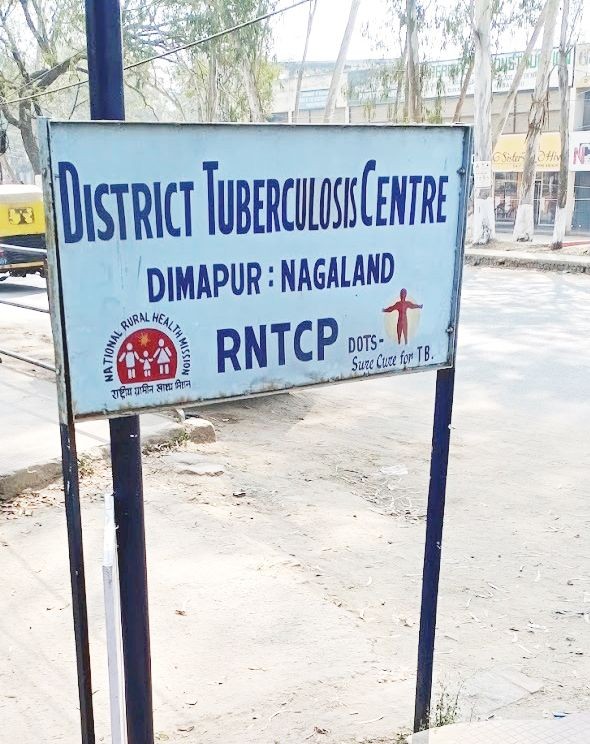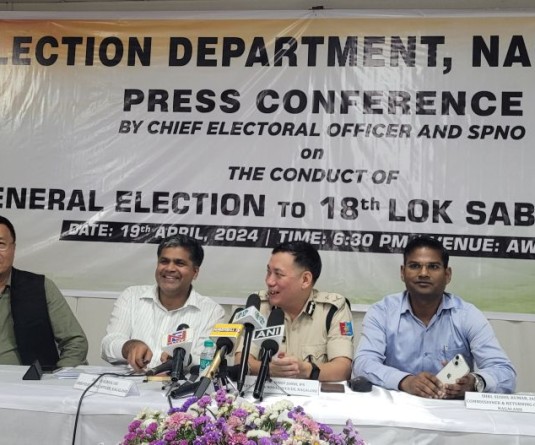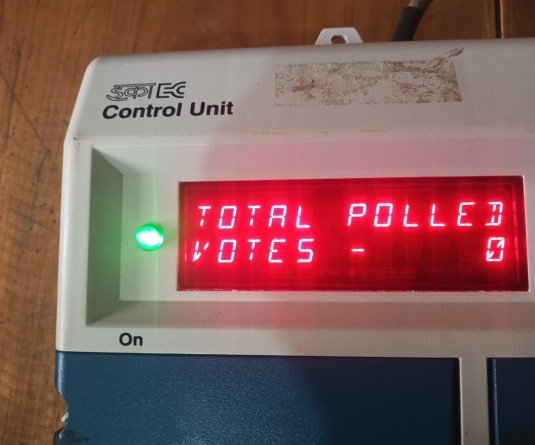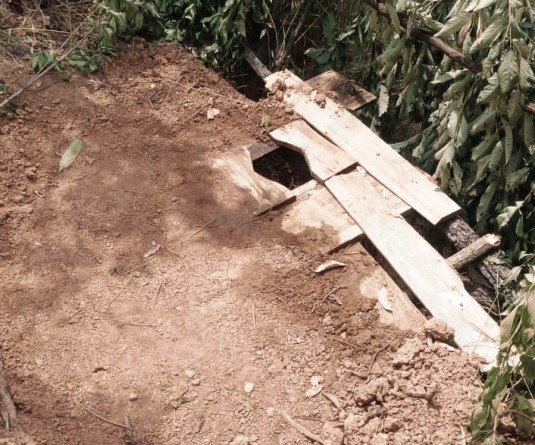Photo for representational purpose only

‘No community engagement to TB response’
Atono Tsükrü Kense
Kohima | April 27
As per the India TB Report 2020, Tuberculosis (TB) is the leading cause of morbidity and mortality among People Living with HIV (PLHIV), who are twenty-one times at higher risk of developing TB. TB-HIV co-infection results in higher mortality rate and nearly 25% of all deaths among PLHIV are estimated to be due to TB.
A total of 92,000 HIV-associated TB patients have been estimated annually, and by numbers, India ranks 2nd in the world and accounts for 9% of the global burden of HIV-associated TB. The report stated that the mortality in this group is very high and 9,700 people die every year among TB/HIV co-infected patients.
As efforts continue towards elimination of Tuberculosis (TB) in India by 2025 through implementation of the National Strategic Plan (2017-2025) renamed as National Tuberculosis Elimination Programme (NTEP), Nagaland seems to remain a vastly neglected area with numerous challenges towards access to TB care and treatment.
The report also shows that in Nagaland, only 11,572 Microscopy and 6,557 Nucleic Acid Amplification Tests (NAAT) were done among the 20.7 lakh populations with a 0.20% rate of notification amounting to 4,794 such cases. The TB Notification relative to population was 233 per lakh in both public and private sector, at the time of diagnosis.
Besides, diagnosis among TB-HIV cases remained at a marginally poor rate of 369 (10%), while the huge burden and the case load of HIV attributing to the number of TB cases and substance use remain rampant. This further pose high risk towards the likelihood of TB transmission and new incident cases.
Community involvement
Ketho Angami, President of the ARK (Access to Rights and Knowledge) Foundation expressed grave concern on the high mortality rate among the PLHIV due to TB-HIV co-infection.
According to Angami, TB was killing more PLHIVs than the AIDS virus itself. He told The Morung Express, “While there has been a significant engagement of the affected community and CSOs in the response for HIV and Hepatitis C, the same has not been observed in the response for tuberculosis.”
In this regard, he maintained that it is crucial for the affected community to get involved to ‘enhance and upscale’ the service uptake and its quality, more so because of the backlog resulting due to the COVID-19 crises.
Observing the lack of progress in response to TB in the State, he said, “Access to DOTs services under the NTEP programme in the state for drug users, PLHIVs, people inside correctional centres and general community lag behind due to partial or complete absence of awareness, counselling, outreach, treatment literacy, referrals and linkages to TB service centres, follow up etc.”
A perceived lack of “health seeking behaviour” among the community at large results in lower case detection and also delayed treatment leading to deaths from TB, he held.
Meanwhile, “End TB strategy includes the engagement of communities and civil society organisations as one of its core components and principles.”
He maintained that the ‘ENGAGE-TB approach’ must aim to better identify and treat people with TB by integrating services into community-based work of previously unengaged non-governmental and other civil society organisations.
In the case of HIV, he said that community engagement has played an important part in clinical research, drug development, regulatory authorities et cetera, besides, strengthening existing partnerships and developing new ones.
Incorporated community based response
There has been allegation that the State branch of the NTEP (National TB Elimination Program) works in total isolation without any engagement from the community. It is further alleged that to project community involvement during events such as the World TB Day people are engaged to stand in as dummy TB patients.
This was countered by the State TB Officer, NTEP, Dr Robin Lotha. “In order to reach the unreached and to support TB patients in the course of their illness, community based response for TB has been incorporated under the National Strategic Plans as one of the key strategies,” he asserted.
He also went on to add that community engagement for TB includes formation of TB forums at State and district levels while ‘TB champions’ are also being trained to support the programme by managing the resources to sustain and accelerate TB prevention, control, care and treatment services.
“TB co-morbidity coordination committee is already formed at the State and district levels. Coordination meetings with NSACS, RCH, NTCP, NUHM, etc., are being conducted regularly where issues pertaining to all the programmes are discussed,” he added.
Dr Lotha also informed of the recent directive from the division to include women representatives and tribal organisations/hohos in the forum.
Presenting the current status of TB in the state, he informed that TB notification stands at 996 (January-March 2021) and 987 on treatment with a success rate of 82.95%.
He further informed that there are 1,210 newly registered PLHIV in 2020 with 173 TB-HIV co-infected and 256 registered PLHIV under TB preventive therapy initiation.
The India TB Report 2020 calls for an expansion of TB services and addressing determinants of TB that are beyond health, through multi-sector approach targeting to end TB by 2025.





